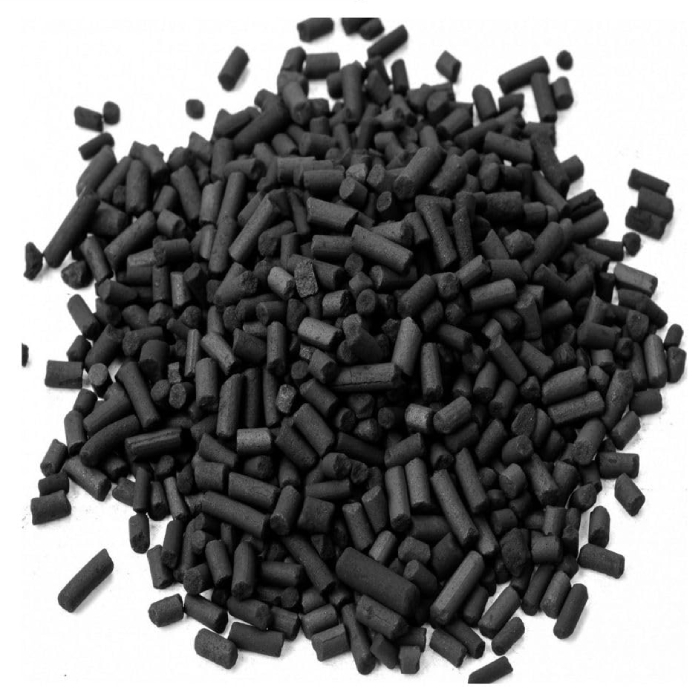
Colour Masterbatches
Colour Masterbatch is a solid additive used for coloring (colour masterbatch) or imparting other properties (additive masterbatch) to plastics. Masterbatch is a concentrated mixture of pigments and/or additives encapsulated during a heat process into a carrier resin, which is then cooled and cut into a granular shape.

Colour Pigment
Pigments are insoluble organic or inorganic particles added to the polymer base to give a specific color to the plastic. Pigments that are organic in nature are hard to disperse and tend to form agglomerates (clumps of pigment particles). These agglomerates can cause spots and specks in the final product.

Filler Granule
Filler Granules is used to change the properties of the original plastic. By using plastic filler, manufacturers can save production costs as well as raw materials. Undeniably the importance of filler masterbatch in improving the physical properties of plastics, especially minimizing cost and production efficiency.
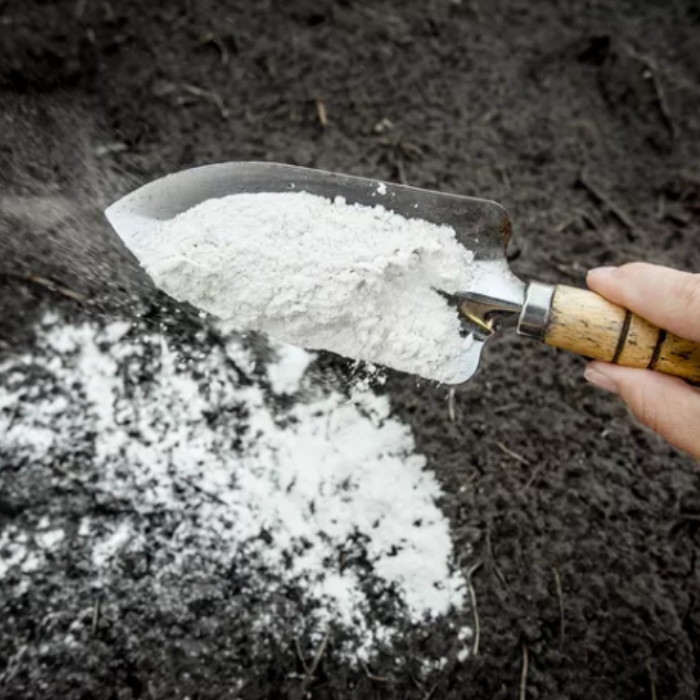
Anti-Moisture Powder
Anti-Moisture Powder is a plastic additive that absorbs moisture from the raw material. Plastic product including extrusion, injection and film process is made of plastic raw material melt with high temperature by extrusion moulding equipment. The quality of plastic product is directly and closely related to the compaction and drawback rate for moulding.

Carbon Powder
Black Carbon Powder is widely utilized as reinforcing filler for rubber compounds and as pigment for colors, paints, & inks. It is known to have a high surface area to volume ratio and assures excellent quality. This powder is also admired for having the ability to absorb ultraviolet rays hence it is used in polypropylene manufacturing.
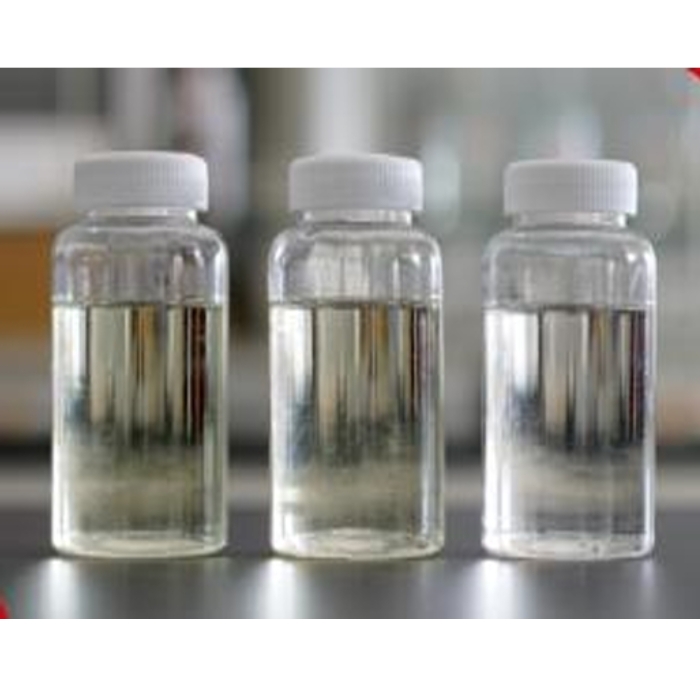
Tin Stabiliser
PVC Stabilizers are used to prevent degradation of polyvinyl chloride (PVC) by heating, oxygen and ultraviolet, etc. especially during processing, but also in applications. The choice of stabilizers depends on processing technologies, cost, relevant legal restrictions and requirements of the finished PVC products. By combining with lubricants, auxiliary stabilizers, antioxidants, anti-ultraviolet agents and other additives, our stabilizer provides suitable and efficient solutions for a variety of PVC processing requirements.

Impact Modifier
Impact modifiers are acrylic impact modifier with core/shell structure in which core being moderate crosslinked structure is linked with shell by grafting copolymerization. It not only improves impact resistance performance of the product, but also increases the surface gloss, especially the weatherability of the product. It is especially suitable for outdoor products and broadly used in PVC profiles, sheets, boards, pipes, pipe fittings, etc.
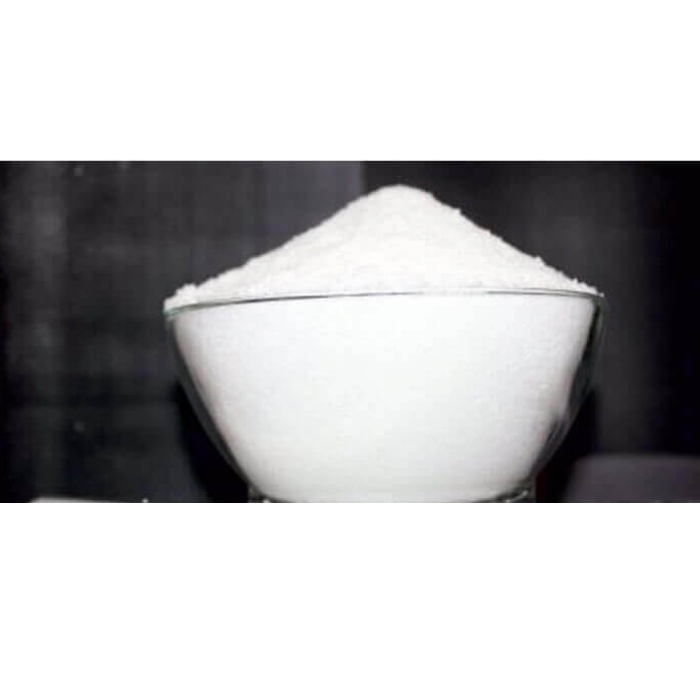
Processing Aid
Acrylic processing aid can be used separately or with other processing aid to promote PVC fusion. It can be applied to PVC building and construction materials such as window profile, siding, fence, pipe, fitting and other injection parts. Furthermore, they can also be used in foam application.

One Pack Stabiliser
A One Pack Stabilizer is a pack of additives added during the processing of PVC. The additives are a combination of substances like Oxidisers, Lubricants etc. One Pack Stabilizers may be Lubricated or Non-Lubricated. NonLubricated One Pack Stabilizers are high performance stabilizers that are specially designed for optimum performance. One Pack Stabilizers play important roles during processing as well as during the service life of the product to which they are added. There are Lead Based One Pack Stabilizers that are metal complexes together with Stearates and Lubricants that are produced in solid form.

Titanium Dioxide
Titanium is a metallic element used for multiple industrial processes. It naturally interacts with oxygen to produce titanium oxides, often found in indigenous dust, soils, and ores. Pure titanium dioxide (TiO2) primarily exists as a fine white powder that provides a white pigment used in various applications. TiO2 has been used for years as an additive in a variety of industrial products, including PVC and paints & coatings.

Waxes and Lubrication
Wax is very good external lubricant for PVC. When wax use in PVC application, final produce face has been shining. PE wax using decrease the friction so increase the extrusion capacity. wax using doesn't change the product color because wax has got good oxidation resistance. wax doesn't bad effect product's heat and light stability because wax doesn't include catalizors remnant. wax increase last product's light stability.
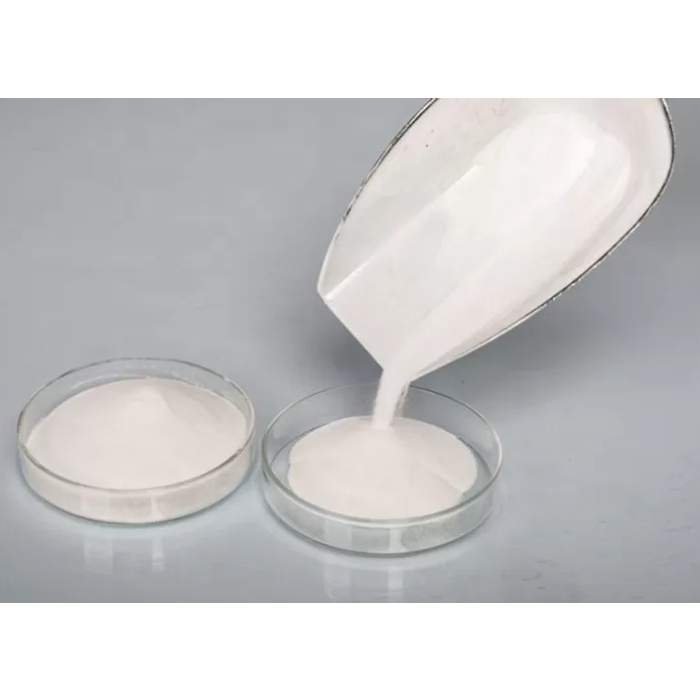
Calcium Zinc Stabilizer
Calcium zinc Stabilizers mainly consist of Calcium Stearate, Zinc Stearate, organic and inorganic non-toxic costabilizers, and internal and external lubricant. Core stabilizers provide initial color sufficient for PVC processing. Co-stabilizers are used to give excellent. whiteness and long-term stability.
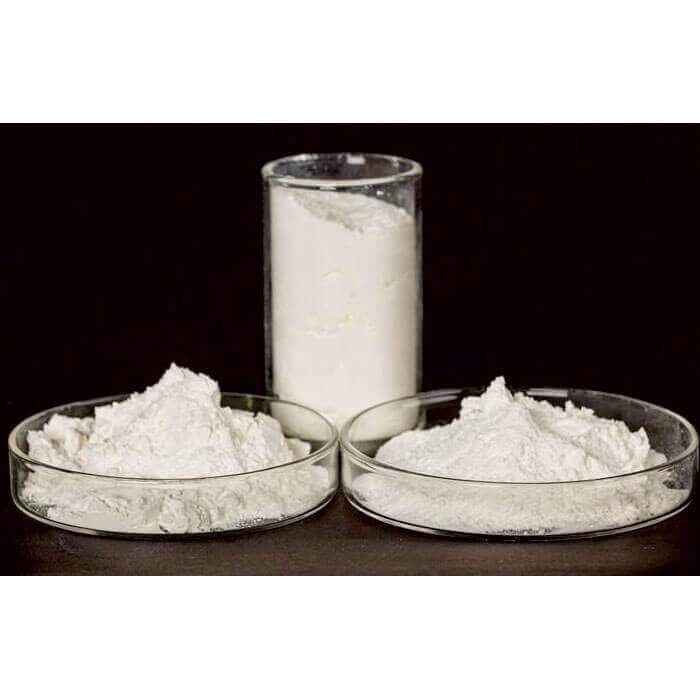
Zinc Stearate
Zinc Stearate is a white free flowing powder that is insoluble in water, providing it water repellent properties. This product provides excellent lightness, melt transparency and stability in polymers.
Zinc stearate is used as an internal lubricant and release agent in plastics such as PVC, rubber, EVA and HDPE.

Calcium Stereate
Calcium Stereate is the calcium salt of distilled, hydrogenated fatty acids. Products differ mainly in degree of over basing, apparent density and particle fineness of powders.
alcium stereate is used as a catalyst neutralizer and/or lubricant in polypropylenes. Precipitated versions provide finer particle sizes and are used in specialized polypropylene uses such as thin fibers and films. Calcium Stereate does not melt, but reaches a plastic phase at normal processing temperatures and sometimes does not disperse as well as might be expected.
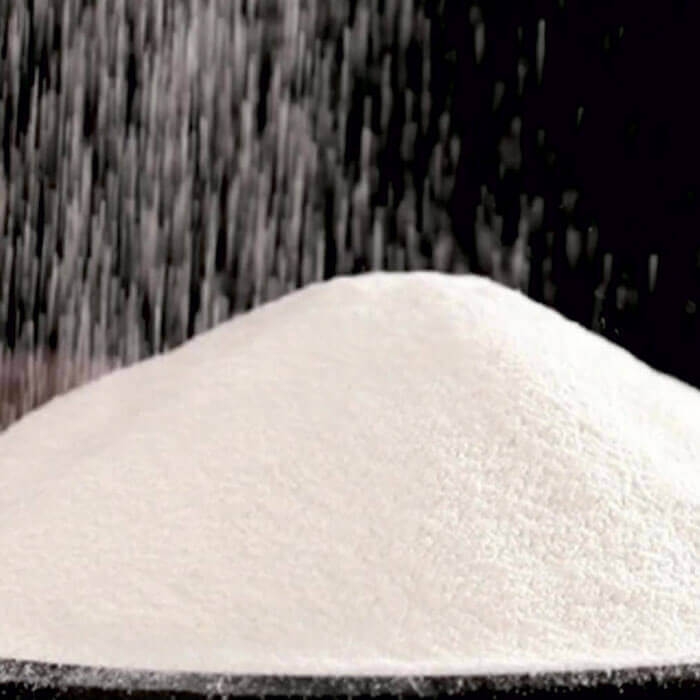
Anti Oxidant
Anti oxidant is effective in elastomers such as block copolymers, SBR, EPDM, NBR, CR, and other synthetic and natural rubbers. It is also effective in plastics such a Polypropylene, Polyols, ABS, LDPE, HDPE, Polystyrene, PVC, Polybutylene, and hydrocarbon resins; and in oils such as transformer and lubricating oils, fatty acids, transmission fluids, synthetic and specialty oils.

DOP, DBP, EPOXY, CPW
DOP is a plasticizer used in the production of flexible polyvinyl chloride (PVC) plastic. DOP is one of the most widely used plasticizers in PVC due to its low cost. DBP can be used as a plasticizer in nitrocellulose lacquers, elastomers, explosives, nail polish, and solid rocket propellants. Epoxy plasticisers are used to improve heat stability in the production of PVC articles made by techniques such as extrusion, calendering, injection moulding, rotational moulding and spread coating. They are also used in rubbers, epoxy resins, paints and coatings. CPW is generally used as plasticizer in manufacturing of PVC compounds for Wires and Cables. PVC Tubing pipes used for irrigation, gardening and other industrial works.

NBS
NBS is almost colourless and Oily liquid, free of foregn materials. Fatty acid ester are used as raw materials of emulsifiers or oiling agent for foods, spin finishes and textiles, lubricants for plastics, paint and ink additives surfactants and base materials for perfumery. They are used as solvents or cosolvents, oil carrier in agricultural industry.

O.B.
Optical Brightener is a high molecular weight fluorescent whitening agent, which significantly improves the whiteness in both textile fibers and plastics. Optical brightener produces very brilliant white with light reddish blue effect which compensate for yellowing. It has good light fastness. Because of its exceptional whitening properties, excellent resistance to heat, low volatility and easy dispersibility, Optical Brightener is now widely used in plastic market. It has good compatibility in various substrates; in combination with dyes, it produces bright shades. Optical Brightener is used in polymer fibers especially polyester and polyamide fibers. It is also widely used in PP, ABS, PS, HIPS, PA, PC, EVA, Rigid PVC etc.
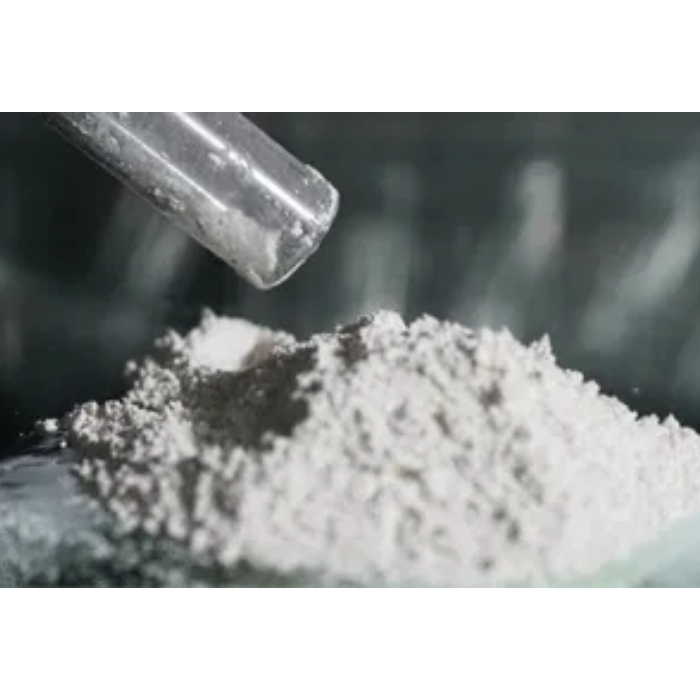
Calcium Powder
Calcium Powder is used variety in hard PVC plastic and is mostly applied in the production of pipe and ceiling. Calcium Carbonate Powder is helping to increase the duration of the product, better the dispersion of chemicals, maximize brightness, and innovate production. Therefore, Calcium is an indispensable resource.

